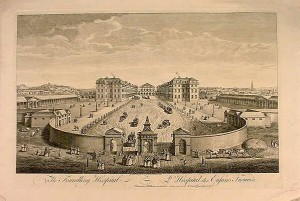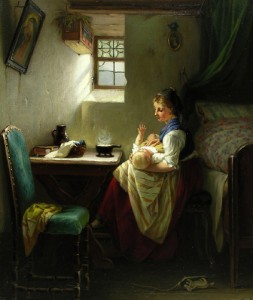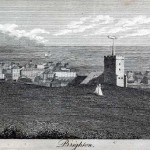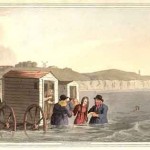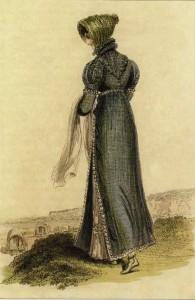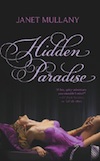The initial inspiration for my upcoming release, A Dream Defiant, came several years ago when I read Simon Schama’s Rough Crossings: The Slaves, the British, and the American Revolution.

The book introduced me to a side of the American Revolution I’d never encountered in the sanitized, idealistic version of that war presented in my school’s American History classes, nor even in the grittier, more nuanced takes I’d found in historical fiction as a teen and adult. Turns out that if you were a slave, fighting for freedom meant fighting on the British side. Lord Dunmore, the Royal Governor of Virginia, issued a proclamation in 1775 offering freedom to all slaves of revolutionaries who were willing to take up arms for the British side, and thousands took him up on his offer. While few of them were armed as soldiers, many supported the British war effort as laborers, scouts, spies, etc., and at war’s end about 3000 men, women, and children were evacuated to Nova Scotia. While the Americans argued for their return as stolen property, even in defeat the British honored their commitment to the former slaves who’d served their cause.
While many of these Black Loyalists ended up as colonists in Sierra Leone, I chose to make Elijah Cameron, the hero of A Dream Defiant, the son of two escaped slaves from Virginia who end up as clerk and cook to an officer of the 43rd Regiment of Foot. Elijah grows up in the regiment, serving first as a drummer boy and then as a soldier. He used to being conspicuous wherever he goes–and to proving he’s just as brave, clever, and capable as any other man in his regiment.
It’s history like this that makes me disinclined to idealize either America or Britain as they were 200 years ago. America gave you more freedom in the sense that the social hierarchies weren’t as rigid and you were more likely to have the right to vote–if you were lucky enough to be born a white man. Britain was farther along the path to abolition, but still had slaves in its colonies and wasn’t exactly a beacon of justice for the people of Ireland, India, or anywhere else under its sway. And if you were a woman, your lack of rights was about the same in either place.
Still, I write about the past rather than the present because I’m fascinated by the paths history took to bring us to the world we have today–and by the lives of men and women who found ways, whether great or small, to make their world a more free and just place.





